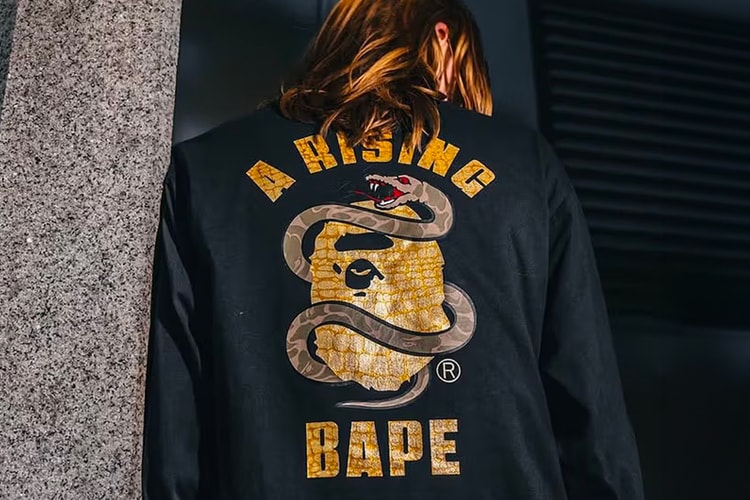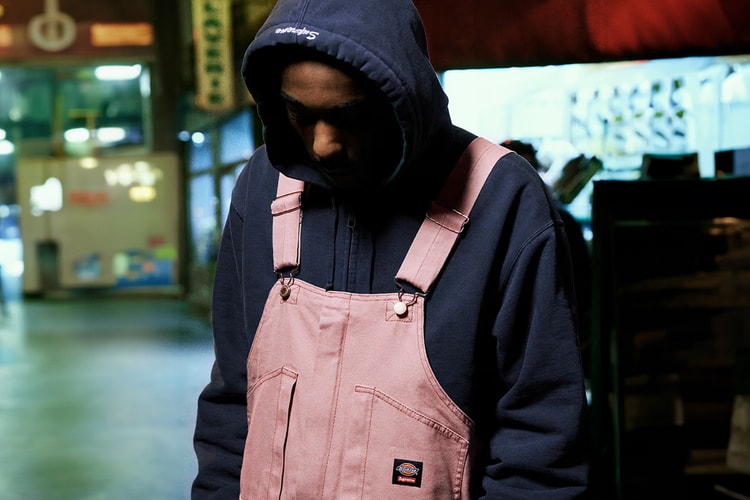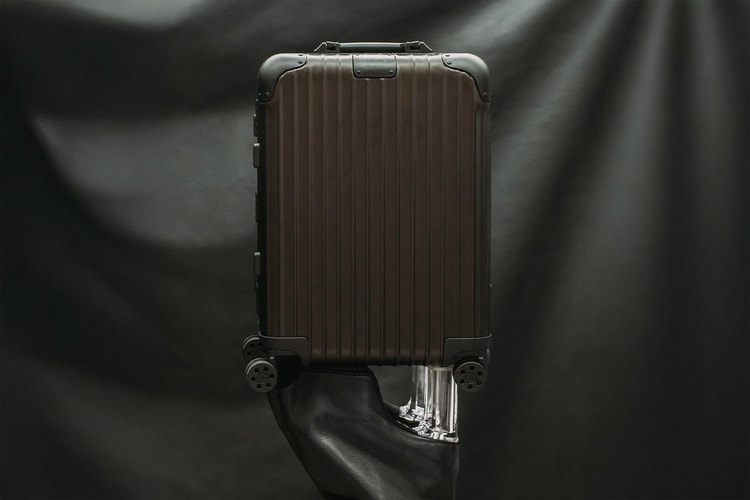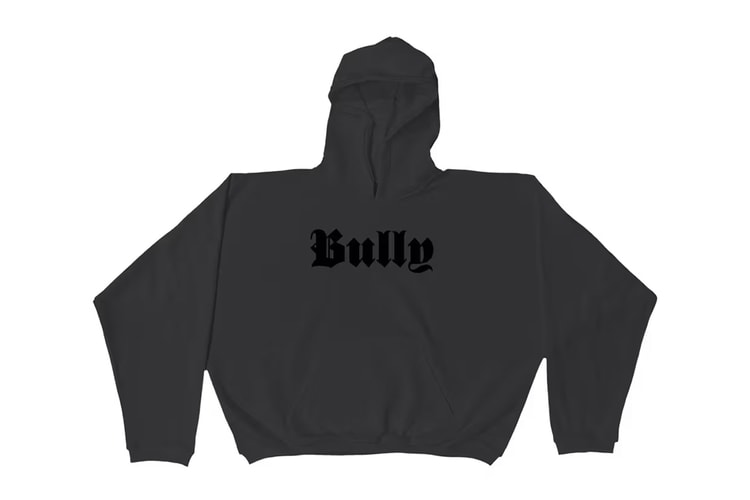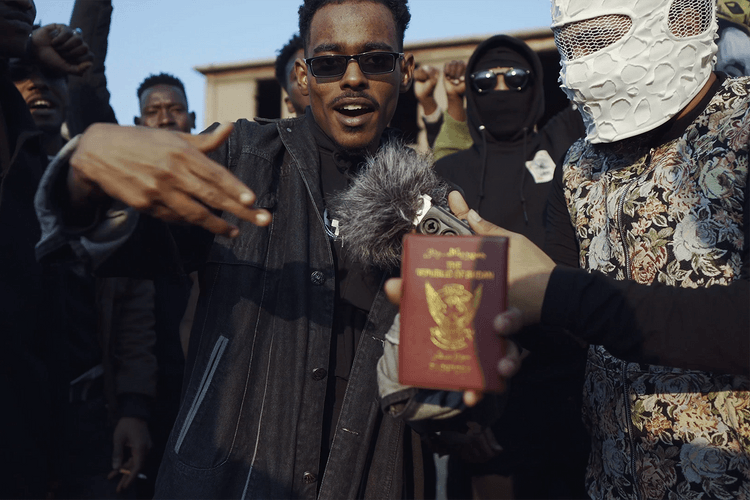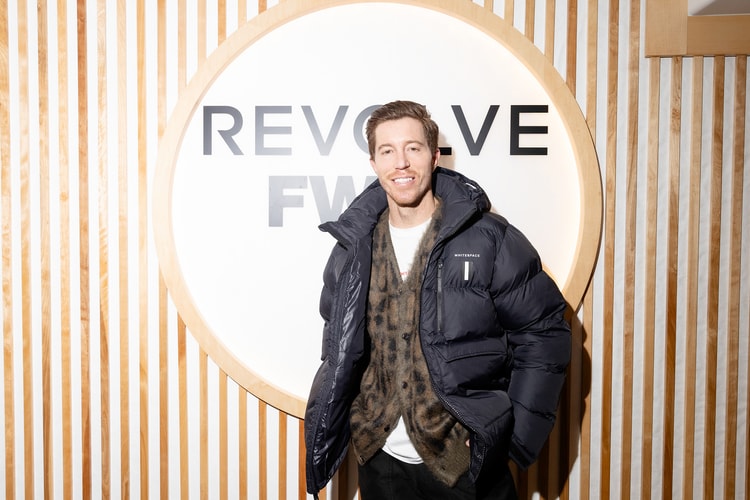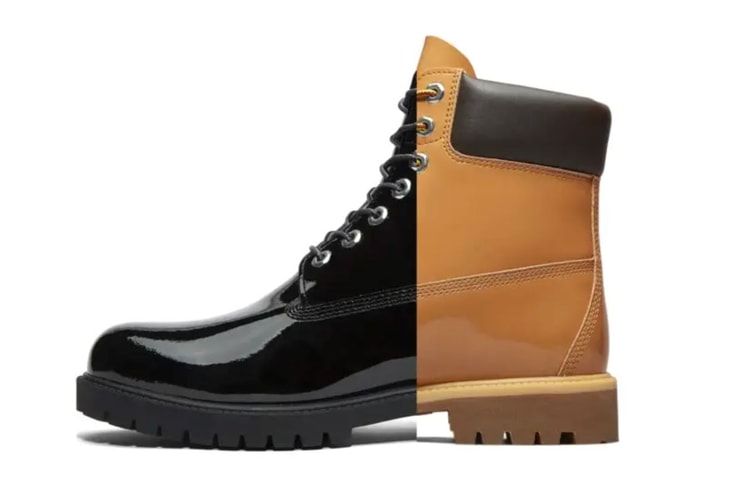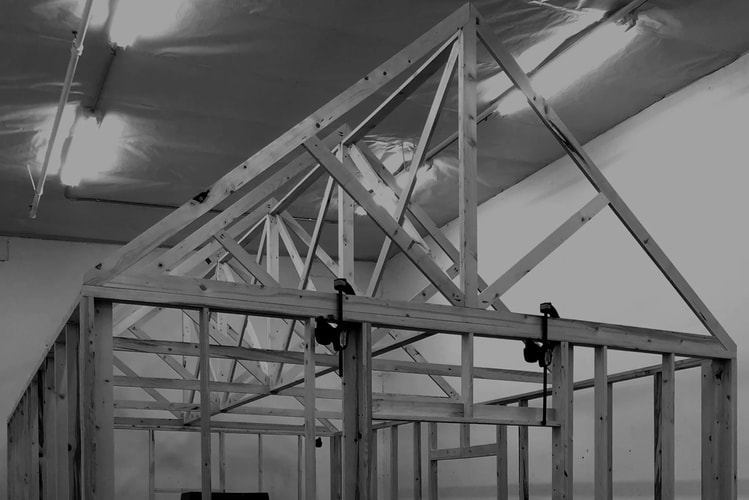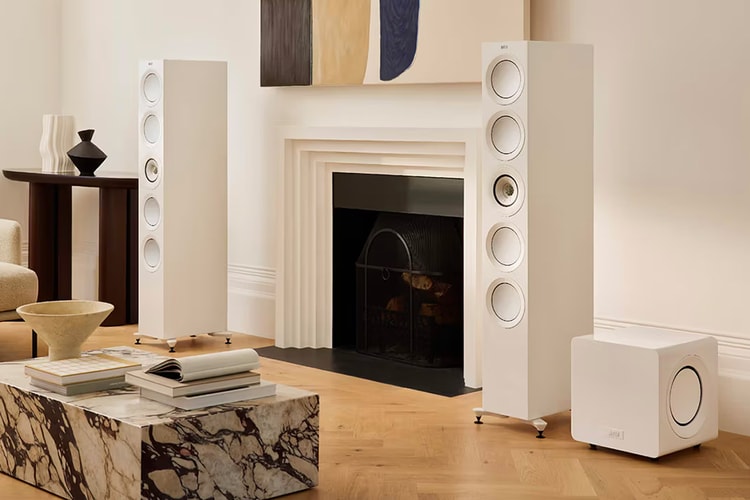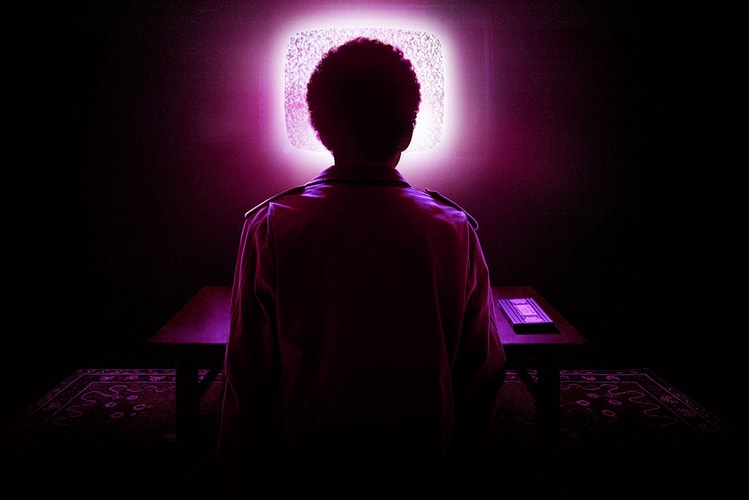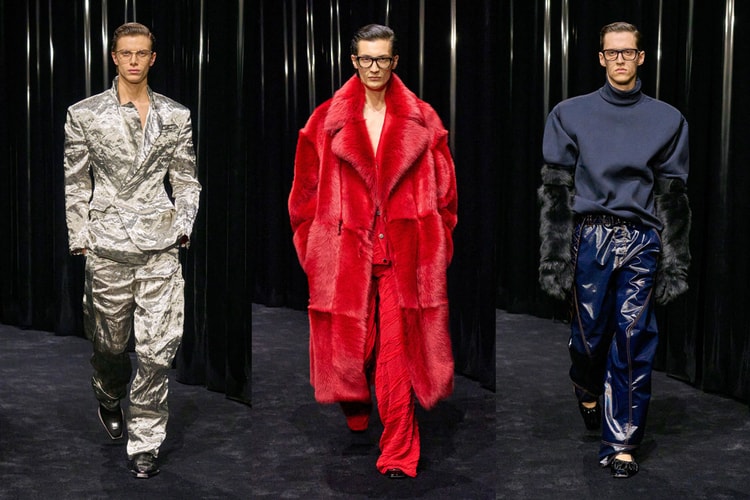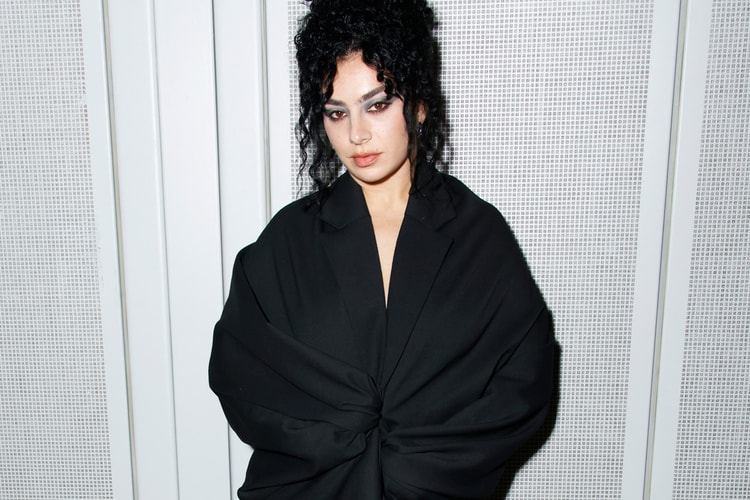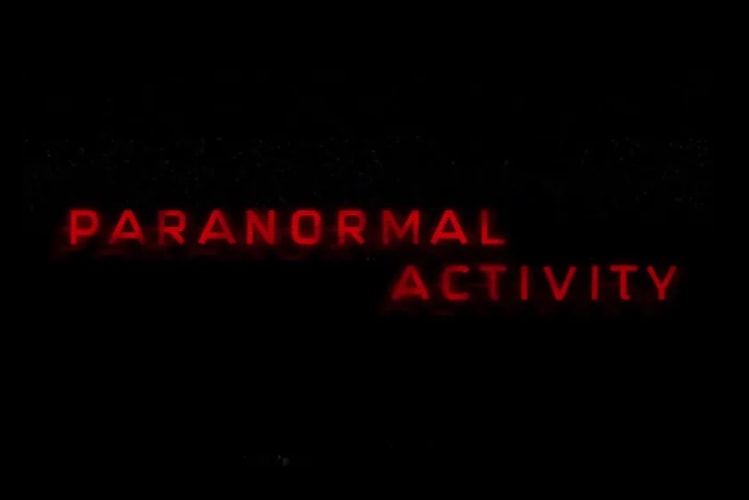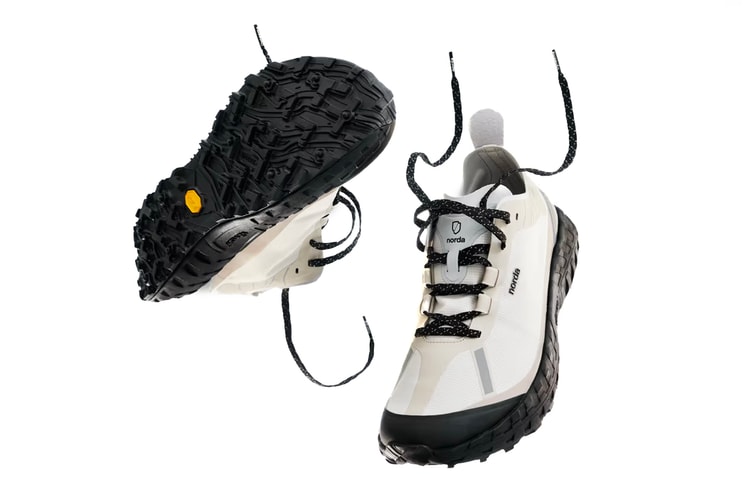Galleries You Don't Want to Miss at Frieze LA 2024
Hidden gems include LA’s Sow & Tailor, NY’s Hannah Traore Gallery, and San Francisco’s Micki Meng Gallery.
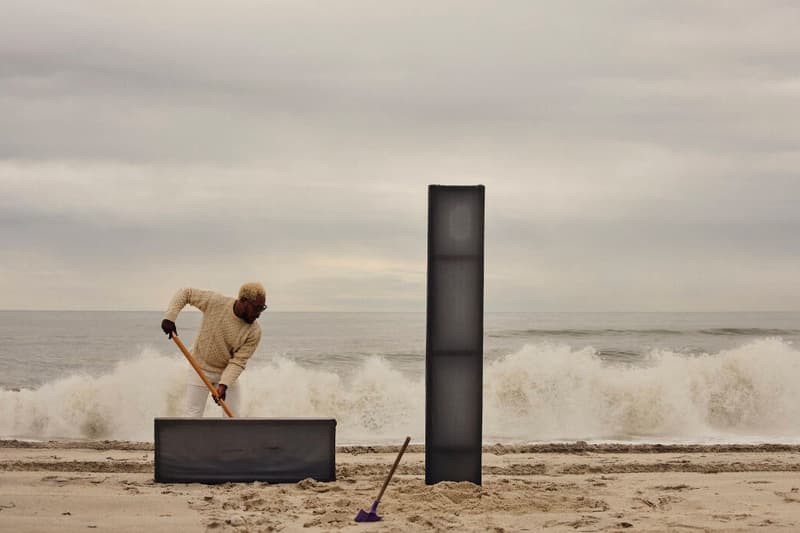
Frieze Los Angeles’ fifth annual art fair at the Santa Monica Airport, running from February 29 to March 3, promises to shine a spotlight on emerging talent while celebrating the diversity of artistic expression. Curated by Essence Harden, the ‘Focus’ section will delve into the theme of “ecology,” showcasing artists who explore boundaries within and between individuals and environments. Among the 12 galleries featured, some hidden gems include LA’s Sow & Tailor, NY’s Hannah Traore Gallery, and San Francisco’s Micki Meng Gallery.
In addition to the exciting array of artwork, this year’s fair will feature an expanded version of the signature Frieze tent designed by Kulapat Yantrasast’s architectural studio WHY, alongside an innovative outdoor space hosting site-specific artworks and public activations. Furthermore, visitors can look forward to pop-ups from a selection of renowned women-owned L.A.-based restaurants, curated by nonprofit Regarding Her (RE:Her).
Highlighting the fair’s commitment to social impact, the 2024 Frieze Impact Prize was awarded to Gary Tyler, an artist who endured wrongful conviction and spent decades in prison. His poignant textile pieces, displayed in his first solo show just last year, convey the complexities of incarceration and the human experiences within prison walls.
Check out our list of galleries you surely don’t want to miss while attending the fair below and head to Frieze’s official website for more information on this year’s edition.
James Perkins Solo Presentation, Hannah Traore Gallery Booth F10
Hannah Traore is exhibiting recent paintings and sculptures by renowned NY-based artist James Perkins. Continuing from his initial solo display titled Burying Painting at Hannah Traore Gallery in 2022, Perkins introduces a contemporary dialogue surrounding the concept of the nonsite—a term originally coined by Robert Smithson in 1968 to denote an indoor earthwork or a natural site imbued with symbolic meaning when removed from its original context.
Instead of presenting untouched earth as the focal point, Perkins reimagines nature as an artistic entity within his living and working space on Fire Island, New York. He describes his creations as “post-totem” forms, encompassing paintings and sculptures that evoke the ancestral essence of his great grandmother’s Chickasaw heritage while also alluding to totemic symbols of authority—those ingrained patterns of behavior we adopt to navigate various aspects of American identity, society, and economics.
Jean Katambayi Mukendi Solo Presentation, Micki Meng Booth F01
Micki Meng presents a solo exhibition featuring ink drawings and sculptures by Congolese artist Jean Katambayi Mukendi, who stands as one of the most dynamic creatives actively engaged in the sub-Saharan African art scene. Trained as an electrician, Mukendi integrates his expertise in circuitry into his artistic practice, often emphasizing the dynamics of energy flow in his works. Reflecting this ethos, the exhibition showcases a central sculpture crafted from paper, cardboard, and copper wire, alongside ink drawings produced with ballpoint pens.
Hailing from Lubumbashi, a mining hub abundant in rare minerals, Mukendi’s hometown underscores the stark disparities in access to modern technology, such as energy-efficient lighting, despite the region’s contribution to global wealth through resource extraction. This socio-economic challenge forms a deeply entrenched issue, demanding visionary solutions—ones Mukendi’s artworks evoke. Through his proposal, Mukendi’s pieces articulate the materials underpinning his vision for a more prosperous Africa and a future global economy marked by equity, where the benefits of industrialized nations are shared with the resource-rich countries from which they originate.
Javier Ramirez Solo Presentation, Sow & Tailor Booth F02
Sow & Tailor is featuring a solo exhibition by Los Angeles-based artist Javier Ramirez within the Presents section curated by Essence Harden for the Focus section. Javier Ramirez unveils a fresh collection of artworks comprising paintings and sculptures that delve into a distinctive shared narrative of immigrant life in Los Angeles.
His presentation pays homage to the city, with a specific emphasis on the immigrant communities that have played a significant role in shaping its identity—particularly, the suburban gardeners of LA. Through his artistic exploration, Ramirez delves into the gardening traditions of both Japanese and Latino communities, highlighting their profound impact on the cultural fabric of our city.
Nonaka-Hill Group Presentation, Booth E05
Nonaka-Hill, an LA-based contemporary art gallery specializing in Japanese art, established in 2018 by Rodney and Taka Nonaka-Hill, presents a group exhibition at Frieze. The gallery features works by Rando Aso, Koichi Enomoto, Ulala Imai, Kentaro Kawabata, Michio Koinuma, Tadaaki Kuwayama, Kiyomizu Rokubey VII, Jiro Nagase, Kenzi Shiokava, Takuro Tamayama, and Masaomi Yasunaga.
Among the highlighted artists is Ulala Imai, known for her paintings depicting scenes from both her family life and popular culture. Working from her home studio, she transforms everyday objects such as her children’s toys and household items into enigmatic and realistic subjects. Utilizing a minimalistic approach with oil paint, Imai skillfully captures luminous images with just a few brushstrokes.
Widline Cadet Solo Presentation, Shulamit Nazarian Booth F09
Last, but certainly not least, is the solo presentation of LA-based artist Widline Cadet, originally from Haiti, hosted by Shulamit Nazarian. Cadet, primarily a photographer, delves into her personal connection with the city, noting that even during her time in New York, she would frequently journey to Los Angeles for photography sessions. The city’s vibrant light, colors, flora, and architecture evoke memories of her homeland, Haiti.
Her artistic exploration centers on themes of memory and absence within the diasporic experience, encompassing self-portraits with others acting as Cadet’s doppelgänger, family portraits, still lifes, and landscapes. These elements coalesce to construct a surreal realm suspended between Cadet’s recollections of her past life and her Haitian cultural identity within the United States. Describing her work as a realm “where impossible meetings can happen,” Cadet invites viewers into a space of imaginative possibility.








